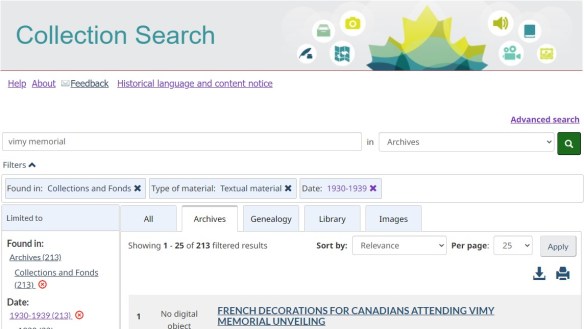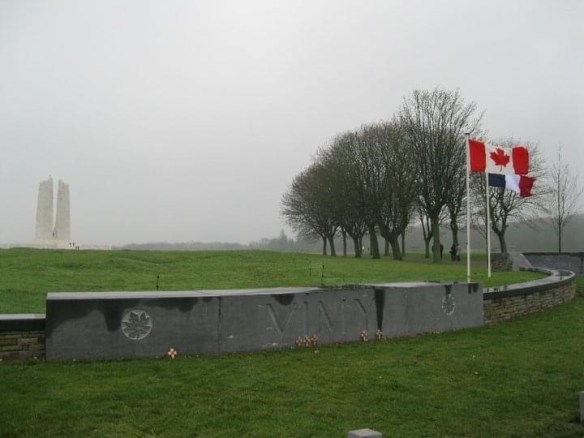By Kelly Anne Griffin
Terrance Stanley Fox was born on July 28, 1958, in Winnipeg, Manitoba. The family would eventually settle in Port Coquitlam, B.C., in 1968. As he was growing up, his family and friends described him as competitive and driven, someone who displayed a passion for sports and who excelled at both long-distance running and basketball. Little did they know he would go on to become a Canadian hero who would leave the world a better place than he found it.
In 1977, at the age of 18, Terry Fox was diagnosed with osteogenic sarcoma, a form of bone cancer, in his right leg. Tragically, this would result in amputation just above the knee. He went on to endure sixteen months of chemotherapy. During those grueling months, he was deeply affected by all the suffering and hardship he experienced and also witnessed in the others around him in the hospital receiving treatment for his horrible disease. At the time, cancer research was still in its infancy, and he knew there was much to be done for those affected by cancer. This led him to come up with the idea to run from coast to coast in what he coined the Marathon of Hope. His goal was to help inform Canadians of the battle cancer patients faced and to raise money for a cure.

The stamp issued by Canada Post in 1982 to commemorate Terry Fox’s Marathon of Hope. (s003769k) Copyright: Canada Post Corporation
On April 12, 1980, Terry Fox dipped his prosthetic leg in the Atlantic Ocean and officially began the Marathon of Hope. The idea came to him after reading about Dick Traum, an amputee who had run the New York City Marathon. This gave Fox, a dedicated athlete, the idea to run across Canada to raise awareness and funds for cancer research.
What happened over the course of the next 143 days was truly inspirational. At the onset, there was little media attention, but that had changed by the time he reached Ontario. By then, the Canadian Cancer Society, Ontario Division, had caught wind, as had the media and some prominent journalists. Events were held across the province, and saw Fox meeting with Prime Minister Pierre Trudeau and a host of celebrities. With fierce determination, and averaging 42 kilometres a day, he united and captivated Canadians in a way that had not been seen before and has not been seen since. On September 1, 1980, with the cancer having spread to his lungs, he was forced to end his cross-country journey after completing a remarkable 5,373 kilometres, from St. John’s, Newfoundland and Labrador, to Thunder Bay, Ontario.
Despite not being able to keep running, on February 1, 1981, Terry Fox realized his goal of raising $1 for every Canadian. On June 28, 1981, after a long and courageous battle, Terry Fox passed away. His legacy is enshrined in the hearts and minds of Canadians. The Marathon of Hope so touched Canadians that many wrote to the federal government speaking of how connected they felt to Fox and asking that the government find ways to keep his memory alive.
His legacy lives on with Canadians today. Since 1980, the annual Terry Fox Run, organized by the Terry Fox Foundation, has raised more than $850 million dollars. It has made an incalculable difference in cancer research in Canada and has given hope to millions affected by the disease. Over the years, Terry Fox’s impact has reached well beyond Canada. It has grown to include millions of participants in more than 60 countries. It is the world’s largest one-day fundraising event for cancer research.

A postal cover of Terry Fox receiving the Companion of the Order of Canada medal, issued by Canada Post in April 1982. (e001218739) Copyright: Canada Post Corporation

A poster issued by the Canadian Cancer Society to promote Cancer Month (April). Terry Fox’s impact on cancer research and the annual Terry Fox run have deeply touched the lives of Canadians affected by cancer. (e010779335-v8) Copyright: Canadian Cancer Society
Fox is remembered as a Canadian hero for his efforts. For his dedication to the cause and his bringing together of Canadians, he was named a Companion of the Order of Canada in 1980, the youngest person ever to receive this honour. Also in 1980, he received the Lou Marsh Award as Canada’s top athlete. In both 1980 and 1981, the Canadian Press named him Canadian Newsmaker of the Year. His legacy is honoured all across Canada by way of monuments, statues and sculptures, as well as buildings, roads and parks named in his honour.
Additional resources:
- Footage from Terry Fox Canada
- The Terry Fox Story by Terry Fox Canada
- Why Terry Fox continues to inspire Canadians by CBC: The National
- Terry Fox: His Story, by Leslie Scrivener, OCLC 44019534
- The Terry Fox Run, by Jane H. Gould, OCLC 796918918
Kelly Anne Griffin is an Archival Assistant with Specialized Media and Description in the Government Archives Division at Library and Archives Canada.






